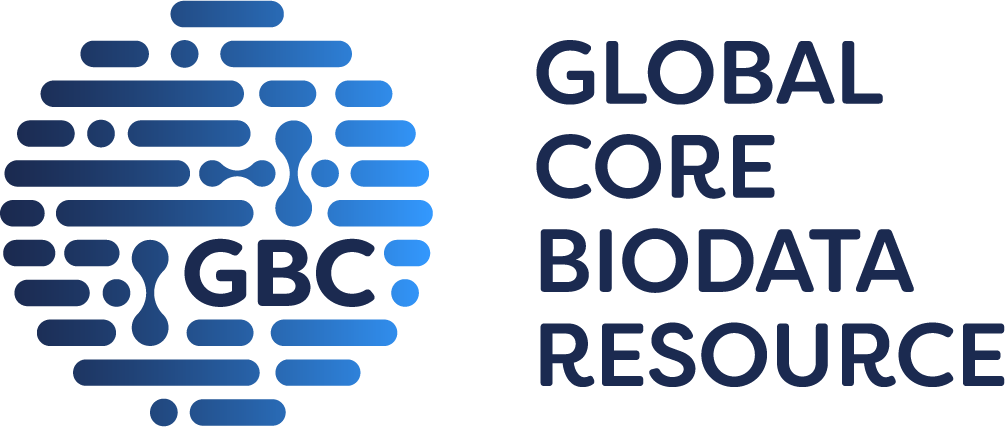Any feedback?
Literature summary extracted from
- Inhibitory activity of plant essential oils against E. coli 1-deoxy-D-xylulose-5-phosphate reductoisomerase (2019), Molecules, 24, 2518 .
Activating Compound
| EC Number | Activating Compound | Comment | Organism | Structure |
|---|---|---|---|---|
| 1.1.1.267 | additional information | no effect by 0.5% DMSO on enzyme activity | Escherichia coli |
Application
| EC Number | Application | Comment | Organism |
|---|---|---|---|
| 1.1.1.267 | additional information | the enzyme is a target for development of antibacterial drugs, determination of the antimicrobial activities of various essential oils against different microbials | Escherichia coli |
Inhibitors
| EC Number | Inhibitors | Comment | Organism | Structure |
|---|---|---|---|---|
| 1.1.1.267 | carvacrol | 55.6% inhibition of DXR | Escherichia coli | |
| 1.1.1.267 | carveol | 23.2% inhibition of DXR | Escherichia coli | |
| 1.1.1.267 | eugenol | 68.3% inhibition of DXR | Escherichia coli | |
| 1.1.1.267 | fosmidomycin | - |
Escherichia coli | |
| 1.1.1.267 | FR900098 | - |
Escherichia coli | |
| 1.1.1.267 | gallocatechin gallate | strong inhibition of DXR, isolated from Camellia sinenesis | Escherichia coli | |
| 1.1.1.267 | linalool | 22.7% inhibition of DXR | Escherichia coli | |
| 1.1.1.267 | additional information | determination of the antimicrobial activities of various essential oils against different microbials using 35 plant essential oils (EOs), which have long been recognized for their antimicrobial properties. Essential oils of Zanbthoxylum bungeanum (ZB), Schizonepetae tenuifoliae (ST), Thymus quinquecostatus (TQ), Origanum vulgare (OV), and Eugenia caryophyllata (EC) display weak to medium inhibitory activity against DXR, with IC50 values of 0.078 mg/ml, 0.065 mg/ml, 0.059 mg/ml, 0.048 mg/ml, and 0.037 mg/ml, respectively. Dry roots or dry fruits are used for extraction. Cercis siliquastrum leaf extract strongly inhibits enzyme DXR. No effect by 0.5% DMSO on enzyme activity | Escherichia coli | |
| 1.1.1.267 | theaflavin-3,3'-digallate | strong inhibition of DXR, isolated from Camellia sinenesis | Escherichia coli | |
| 1.1.1.267 | Thymol | 26.5% inhibition of DXR | Escherichia coli |
Metals/Ions
| EC Number | Metals/Ions | Comment | Organism | Structure |
|---|---|---|---|---|
| 1.1.1.267 | Mg2+ | the enzyme requires the presence of a divalent metal ion for activity | Escherichia coli |
Natural Substrates/ Products (Substrates)
| EC Number | Natural Substrates | Organism | Comment (Nat. Sub.) | Natural Products | Comment (Nat. Pro.) | Rev. | Reac. |
|---|---|---|---|---|---|---|---|
| 1.1.1.267 | 1-deoxy-D-xylulose 5-phosphate + NADPH + H+ | Escherichia coli | - |
2-C-methyl-D-erythritol 4-phosphate + NADP+ | - |
? |
Organism
| EC Number | Organism | UniProt | Comment | Textmining |
|---|---|---|---|---|
| 1.1.1.267 | Escherichia coli | P45568 | - |
- |
Substrates and Products (Substrate)
| EC Number | Substrates | Comment Substrates | Organism | Products | Comment (Products) | Rev. | Reac. |
|---|---|---|---|---|---|---|---|
| 1.1.1.267 | 1-deoxy-D-xylulose 5-phosphate + NADPH + H+ | - |
Escherichia coli | 2-C-methyl-D-erythritol 4-phosphate + NADP+ | - |
? |
Synonyms
| EC Number | Synonyms | Comment | Organism |
|---|---|---|---|
| 1.1.1.267 | DXR | - |
Escherichia coli |
Temperature Optimum [°C]
| EC Number | Temperature Optimum [°C] | Temperature Optimum Maximum [°C] | Comment | Organism |
|---|---|---|---|---|
| 1.1.1.267 | 30 | - |
assay at | Escherichia coli |
pH Optimum
| EC Number | pH Optimum Minimum | pH Optimum Maximum | Comment | Organism |
|---|---|---|---|---|
| 1.1.1.267 | 7.4 | - |
assay at | Escherichia coli |
Cofactor
| EC Number | Cofactor | Comment | Organism | Structure |
|---|---|---|---|---|
| 1.1.1.267 | NADP+ | - |
Escherichia coli | |
| 1.1.1.267 | NADPH | - |
Escherichia coli |
General Information
| EC Number | General Information | Comment | Organism |
|---|---|---|---|
| 1.1.1.267 | metabolism | rate-limiting enzyme in the 2-methyl-D-erythritol-4-phosphate (MEP) terpenoid biosynthetic pathway catalyzing the second step | Escherichia coli |





